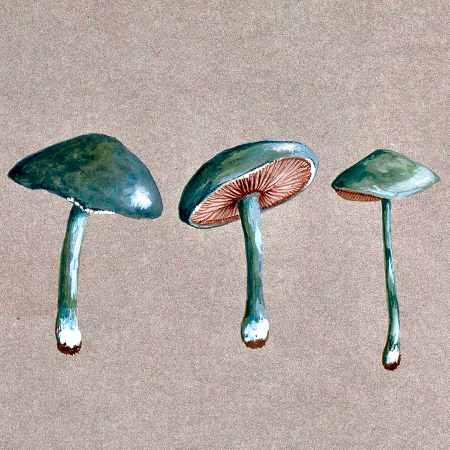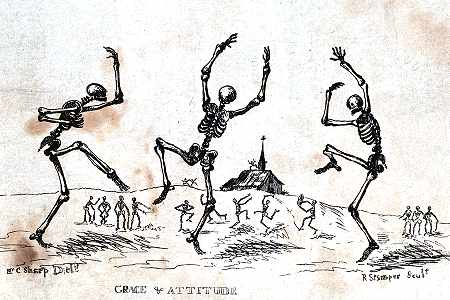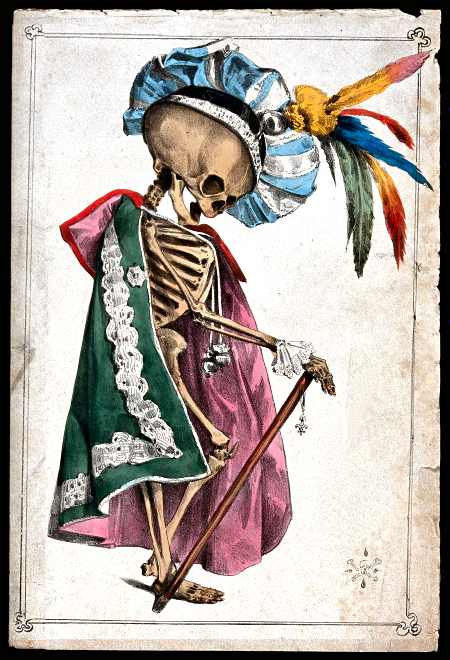If you’ve spent much time at all on
The Quote Garden, you’ll have noticed that one of my most frequently quoted authors is Robert Brault. I’m grateful that he allows me to freely post his extensive wit and wisdom in my collection. He publishes many of his writings to his blog,
The New Robert Brault Reader, but did you know that he has also published books in which you can find some new material that isn’t posted online? Below is a summary of his six books. Follow the links for more information and to purchase online or to request inscribed, signed copies from Mr Brault directly.
Round Up The Usual Subjects
published 2014
a thousand original thoughts from his first blog which is no longer accessible on the internet
The Second Collection
published 2015
700 quotations, plus humor pieces, personal vignettes, and longer poems
Short Thoughts For The Long Haul
published 2017
the signature collection of Robert Brault quotes, an anthology of 1200+ favorites from his first two books and from the original quotes-only edition of the
Reflections book
Thoughts On Art & Artists
published 2019
original insights into the world of art and artists, enhanced by his wife Joan Brault’s beautiful artwork, 75 pages
Reflections: Expanded Edition
published 2019
the most diverse collection of Mr Brault’s writings and his own personal favorite book, it includes not only quotations but also essays, reminiscences, and selected correspondence
A Few For The Road
published 2021
recent writings from 2020–2021, and about a third of this 131‑page book is new material, including some verse
Image information: book cover detail from
Reflections: Expanded Edition, a watercolor titled “Fall Pond” painted by the author’s wife, Joan Brault









